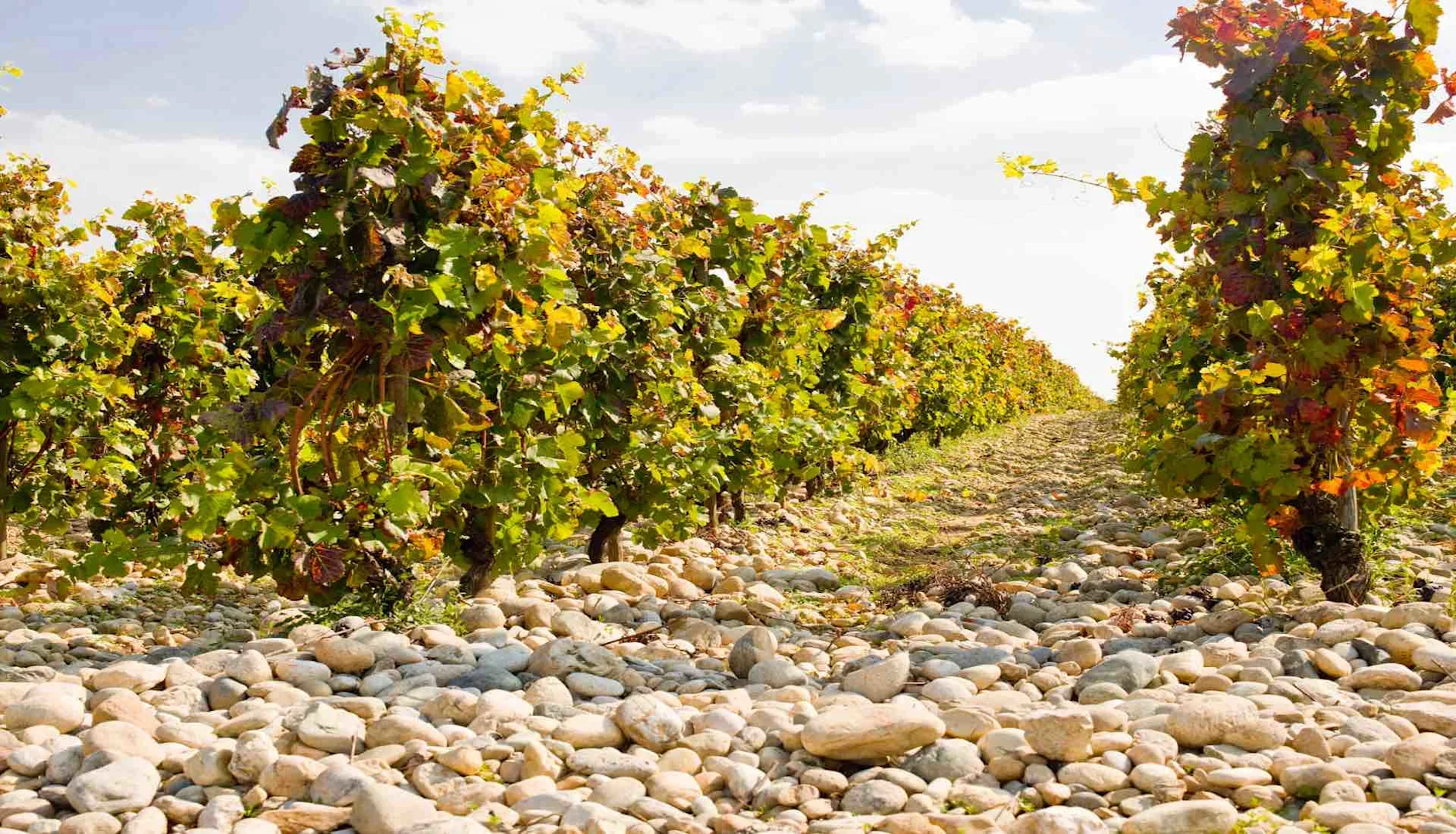Filter by
- A luscious, berry-packed Gamay-focused red from the award-winning Beaujolais estate, Domaine Piron£7.99 per bottleSAVE £4.00
- £143.88 per caseSAVE £32.00
- Very appealing, silky and charming cru Beaujolais from a small family estate in Brouilly£13.99 per bottleSAVE £5.00
- £9.99 per bottleSAVE £2.00
- Silky, fruit-filled Beaujolais-Villages from premium, granite-rich soils on the edge of Brouilly£15.99 per bottle
- From a beautiful sunny vintage, this is a tremendous Réserve Fleurie – so silky, floral and perfumed£21.00 per bottle
- A fine Morgon Réserve Beaujolais Cru from a delicious, ripe vintage. Silky, complex and fine£24.00 per bottle
- If you thought all Beaujolais was red and Gamay, think again. A bright, fresh Chardonnay rarity£14.99 per bottleSAVE £3.00
- Top-vintage Fleurie from Dominique Piron’s exceptional estate. Bursting with plush, silky red fruit£17.99 per bottle
- Breathtaking Cru Beaujolais from a hugely exciting estatefrom £28.00 per bottle
- Top-vintage Morgon, one of Beaujolais' finest crus, from the 16th-century Piron estate£25.00 per bottle
- Beautifully pure and vibrant Cru Beaujolais from this top sitefrom £30.00 per bottle
- Benchmark Moulin à Vent from a tiny, organic estatefrom £24.00 per bottle
- Intense old-vine Chénas from the smallest cru in Beaujolais and a 16th-century family estate£17.99 per bottle
- £16.99 per bottle
- Lovely, fruit-filled Beaujolais-Villages full of silky, supple charm from a 400-year-old estate£15.99 per bottle
- Showing (1 to 16 of 16)
1
Page 1 of 1






















